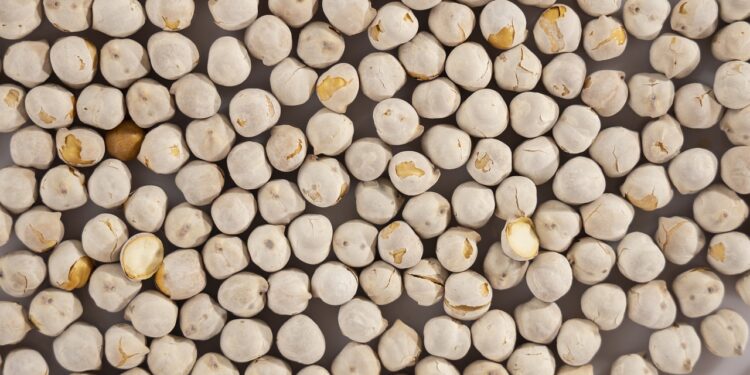Saudi Arabia is one of the world’s largest oil producers and has a significant impact on global currencies through its influence on oil markets. The country is a key player in the Organization of the Petroleum Exporting Countries (OPEC) and has substantial reserves of crude oil.
Oil is denominated in U.S. dollars, and its pricing and trading are conducted predominantly in dollars in global markets. This means that when countries and entities buy oil from Saudi Arabia or other oil-producing countries, they typically pay in U.S. dollars. As a result, the demand for dollars in the global economy is influenced by the need to purchase oil, including Saudi oil.
The relationship between oil and global currencies, particularly the U.S. dollar, can be quite complex. Here are a few key points to consider:
- Petrodollar System: The petrodollar system refers to the arrangement where oil-exporting countries, including Saudi Arabia, accept only U.S. dollars as payment for oil. This system emerged in the 1970s when OPEC countries agreed to sell oil exclusively in dollars. It helped solidify the U.S. dollar’s position as the world’s primary reserve currency and increased demand for the dollar.
- Currency Exchange Rates: The strength or weakness of a country’s currency can be influenced by its reliance on oil exports and fluctuations in oil prices. When oil prices rise, countries that are major oil exporters, such as Saudi Arabia, tend to see an increase in revenue. This influx of income can strengthen their currency. Conversely, a decline in oil prices can have the opposite effect.
- Economic Impact: Oil plays a crucial role in Saudi Arabia’s economy, accounting for a significant portion of its government revenue and export earnings. Fluctuations in oil prices can impact the country’s fiscal health, affecting its ability to maintain its currency’s stability and manage its economic policies.
- Currency Diversification: In recent years, Saudi Arabia has taken steps to diversify its economy and reduce its reliance on oil exports. As part of its Vision 2030 initiative, the country aims to develop other sectors, such as tourism, entertainment, and technology. By diversifying its economy, Saudi Arabia seeks to mitigate the vulnerability of its currency to oil price fluctuations.


The United Arab Emirates (UAE) is a significant player in the global oil market. It is one of the world’s leading oil producers and exporters, contributing to the global supply of crude oil.
It’s important to note that while Saudi Arabia’s oil exports influence global currencies, they are not the sole determinant. Currency exchange rates are influenced by a wide range of factors, including interest rates, economic indicators, geopolitical events, and market sentiment.
Overall, Saudi Arabia’s position as a major oil producer and exporter gives it considerable influence over global currencies, particularly the U.S. dollar. However, the relationship between oil and currencies is complex, and various factors contribute to currency exchange rate dynamics.

